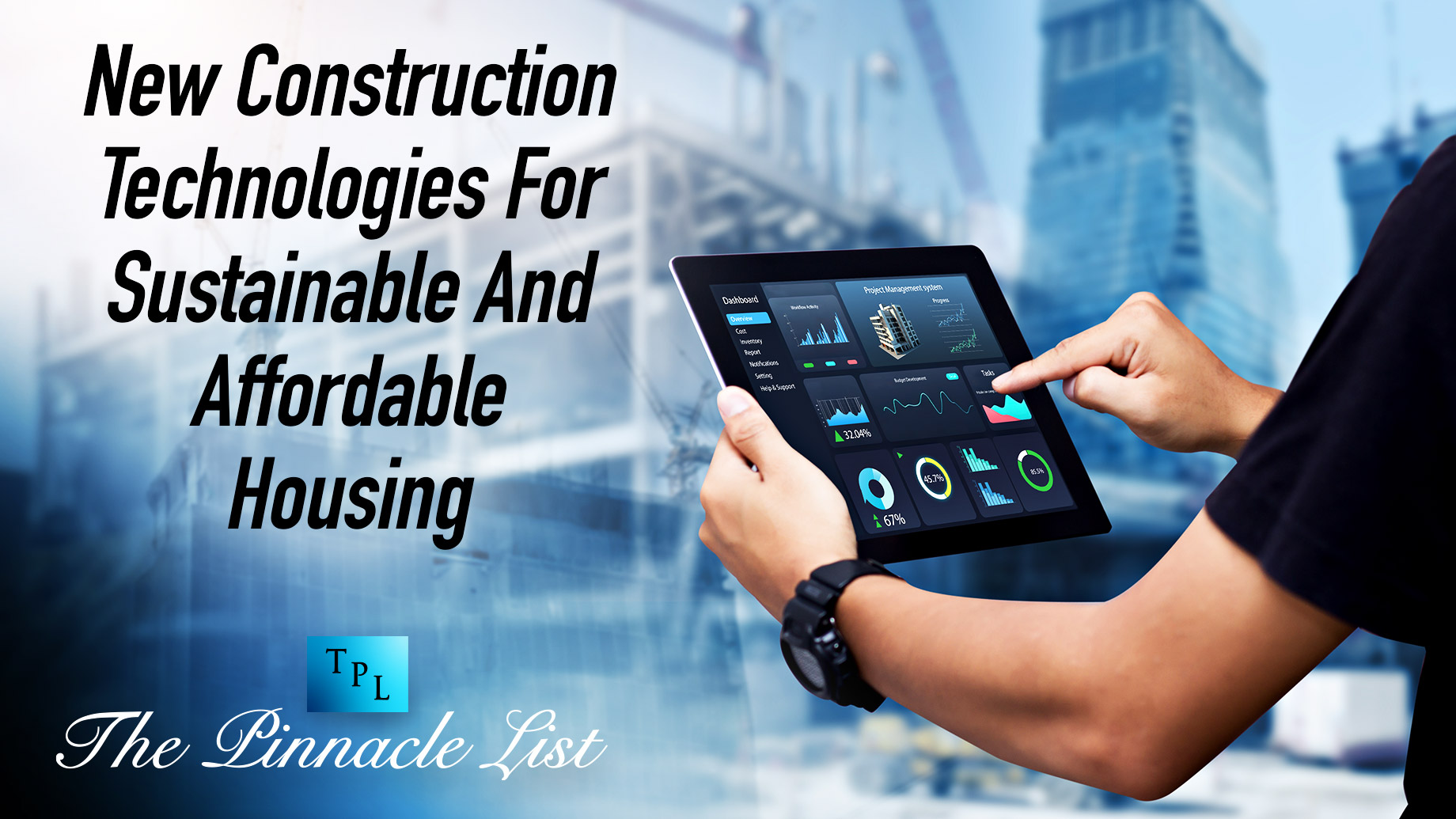
Housing shortages have become a pressing issue in major cities around the world, with Los Angeles (LA) and the Netherlands serving as prime examples of this crisis. As populations continue to grow, so does the demand for affordable and accessible living spaces. It’s not just rising prices, but a growing homeless population. To address this challenge, innovative housing initiatives are required to meet the rising demand. But, being economical isn’t enough, as they must also be considerate of the environment in order to have long-term success. This article will discuss some of the cutting-edge construction technologies that promise a greener and more affordable future for housing.
3D construction
One of the most promising innovations in the construction industry is the advent of 3D printing technology. 3D construction company ‘Cybe Construction’ has been pioneering the use of 3D printing to build houses, offices, and other structures. 3D construction technology enables rapid production of custom-designed buildings with minimal waste, making it both cost-effective and environmentally friendly.
Cybe Construction utilizes a specialized concrete mixture that can be extruded through a large-scale printer, effectively “printing” the walls of a building layer by layer. This method allows for precise control over material usage and reduces construction time, labor, and overall costs. Moreover, 3D-printed structures can be designed with advanced insulation and passive solar features, further contributing to their sustainability.
It’s not just about cost-cutting for private firms, but something that governments could benefit from with new social housing schemes. Most housing problems in the UK and Netherlands could be solved with a greater and more economical supply of homes.
Sustainable construction
The construction industry has a significant environmental footprint, accounting for a large portion of global CO2 emissions and waste production. As such, there is a growing need for sustainable construction methods that minimize these impacts.
We can look to Cybe Construction’s artificial reef as a truly unique approach to sustainability. This reef is created using their 3D printing technology and a special concrete mixture that promotes coral growth. By placing these artificial reefs in strategic locations, the company is actively contributing to the restoration of marine ecosystems and biodiversity. This shows that the applications of 3D construction have broad applications.
Modular and prefab construction
Another promising approach to sustainable and affordable housing is the use of modular and prefab construction methods. Prefabricated or modular homes are built in factories and then transported to their final location for assembly. This process can be more efficient, less wasteful, and more cost-effective than traditional construction methods. By producing the building components in a controlled environment, modular construction minimizes material waste, reduces on-site labor requirements, and shortens construction timelines. Pre-built homes are often designed with energy efficiency and sustainability in mind. They can be outfitted with energy-efficient windows, solar panels, and other green features that make them more environmentally friendly and affordable in the long run.
The growing demand for housing has highlighted the urgent need for innovative construction technologies that can provide affordable and sustainable solutions. 3D printing and modular, pre-build construction methods are two such technologies that show great promise in revolutionizing the industry.